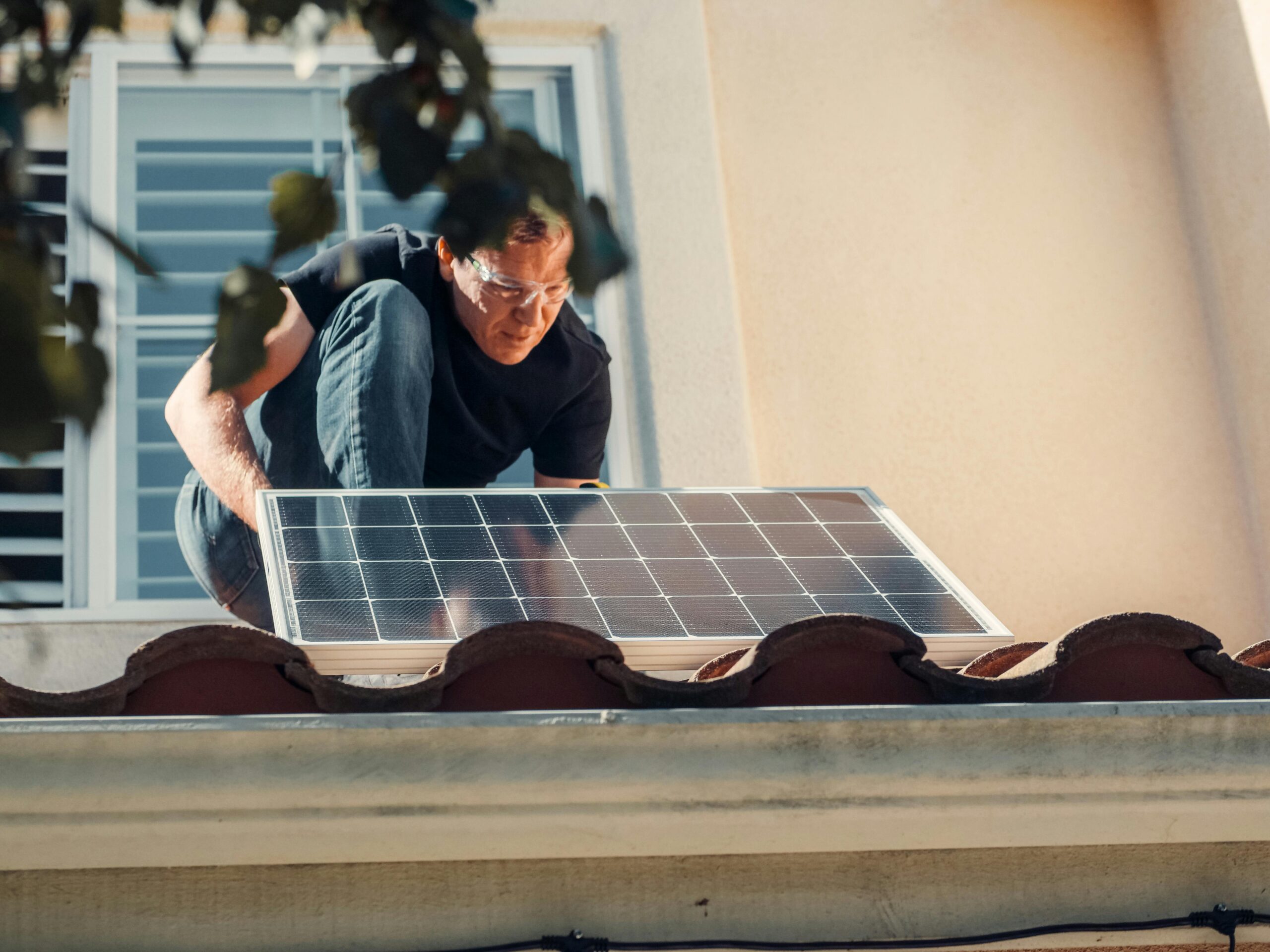
With winter temps falling, chances are your power bills will rise. This helps explain why buyers are willing to pay 14% extra for energy-efficient homes on average. Here’s how to give your place a ‘green premium’.
There’s a lot to love about winter. Cosy nights in, warming mugs of hot chocolate, and maybe a trip to the snow.
The downside is bigger power bills.
With energy costs set to climb higher across many parts of the country, it’s not surprising that home buyers are increasingly looking for properties that deliver savings on power bills.
And new research by Domain shows buyers are willing to pay 14.5% more for energy-efficient houses and 12% more for energy-efficient apartments on average – that equates to about $118,000 and $75,000 more, respectively.
Here’s how to give your place an energy-efficient makeover.
Our homes can be energy guzzlers
According to Domain’s latest Sustainability in Property report, Australian homes consume around one-quarter (24%) of the nation’s electricity.
It’s not because we forget to turn the lights off.
Experts say most Aussie homes have “poor thermal performance”: our homes swelter in summer and shiver in winter.
So, we turn to energy-hungry appliances to stay comfortable.
Energy-efficient homes do the opposite. They reduce power consumption to save on energy bills, and enhance livability.
Yet one-in-four Australians currently live in a home with zero energy-efficient features.
What buyers want and what adds value
Solar power, passive design elements and double-glazed windows consistently rank among the most sought-after features, delivering both lifestyle advantages and lower household running costs, according to Domain.
North-facing homes also command a premium price tag as they provide maximum exposure to natural light and warmth during cooler months, and only 15% of Australian homes have a north-facing orientation.
However, energy-efficient home improvements don’t have to be complex (or impossible, for those of you who don’t have a north-facing house).
Something as simple as roof and ceiling insulation can cut heating and cooling costs by 45%.
Bigger investments, such as installing rooftop solar, can be more affordable with the help of government grants, rebates and subsidies.
And from 1 July 2025 the new Cheaper Home Batteries Program can reduce the cost of installing solar batteries by about 30%.
Talk to us to know what’s available
Whatever eco-features you consider, there are various ways you could fund your green improvements.
A home loan top-up with your existing lender could help free up additional funds.
Some lenders have ‘green loans’ specifically designed to fund energy-efficient improvements.
You could even save on interest by refinancing to a lower-rate home loan.
It can be a way to put your home equity to work while also increasing your home’s liveability and potentially its value.
So get in touch for help funding a toastier winter and more pleasant summer.
Disclaimer: The content of this article is general in nature and is presented for informative purposes. It is not intended to constitute tax or financial advice, whether general or personal nor is it intended to imply any recommendation or opinion about a financial product. It does not take into consideration your personal situation and may not be relevant to circumstances. Before taking any action, consider your own particular circumstances and seek professional advice. This content is protected by copyright laws and various other intellectual property laws. It is not to be modified, reproduced or republished without prior written consent.


















